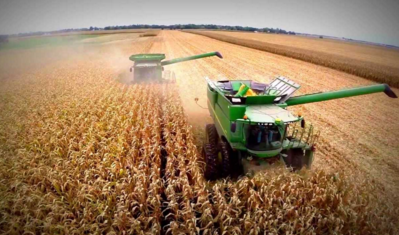Last week, the Teucrium Corn Fund (NYSEArca: CORN) slid thanks to an unwelcoming storm of expanding stockpiles and increased planting despite an oversupplied market. Now, commodities market observers see more potential near-term trouble for corn.
Corn prices plunged last Thursday after the U.S. Department of Agriculture calculated that U.S. farmers would sow 93.6 million corn acres, compared to 88 million last year and analysts’ forecasts of 90.05 million acres, reports Jesse Newman for the Wall Street Journal.
CORN “provides investors unleveraged direct exposure to corn without the need for a futures account. The Teucrium Corn Fund was also designed to reduce the effects of backwardation and contango,” according to Teucrium.
Corn prices in the Midwest now cost more to produce them, and U.S. farm income is headed for a 14-year low. Researcher AgResource Co. now estimates a $50 loss for every acre sown on average. The USDA previously forecast net farm income will drop to $54.8 billion this year, the lowest since 2002 and half the record of $123.3 billion in 2012.
The depressed soft commodity prices and lower farming income could weigh on the global agribusiness sector and related ETFs, including the Market Vectors Agribusiness ETF (NYSEArca: MOO), PowerShares Global Agriculture Portfolio (NYSEArca: PAGG), IQ Global Agribusiness Small Cap ETF (NYSEArca: CROP) and iShares MSCI Global Agriculture Producers ETF (NYSEArca: VEGI).
